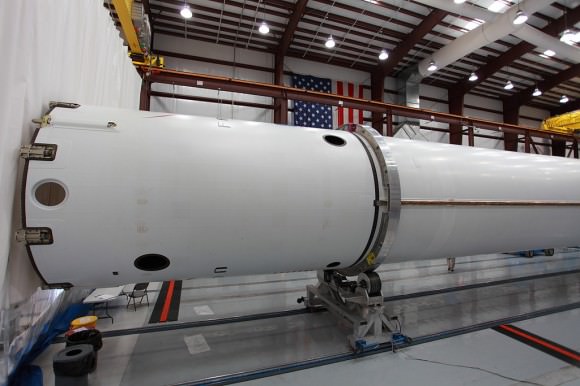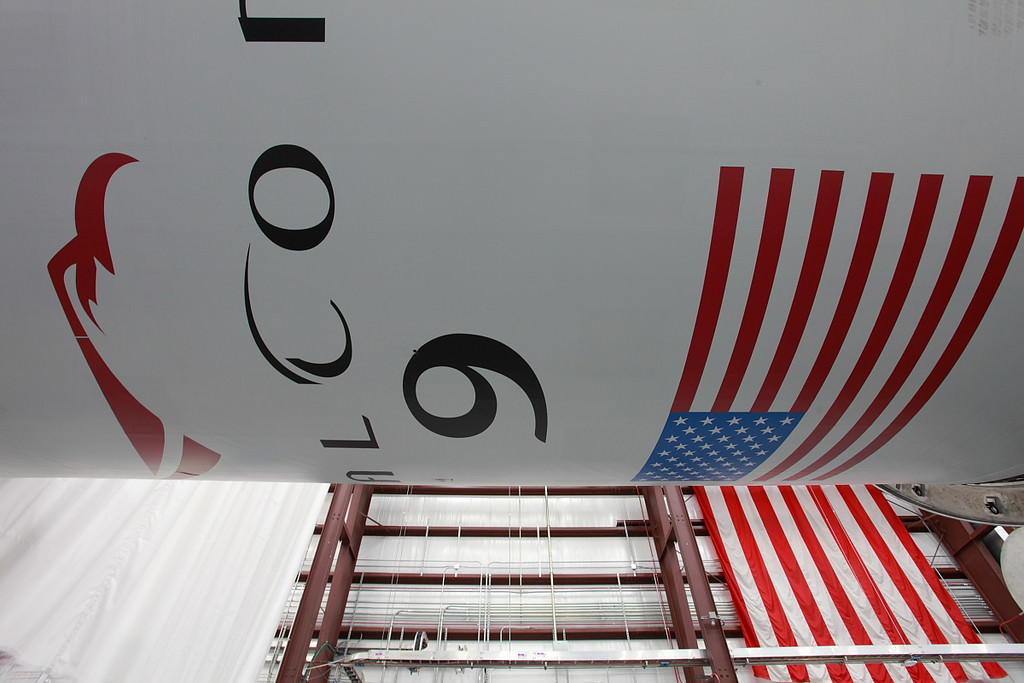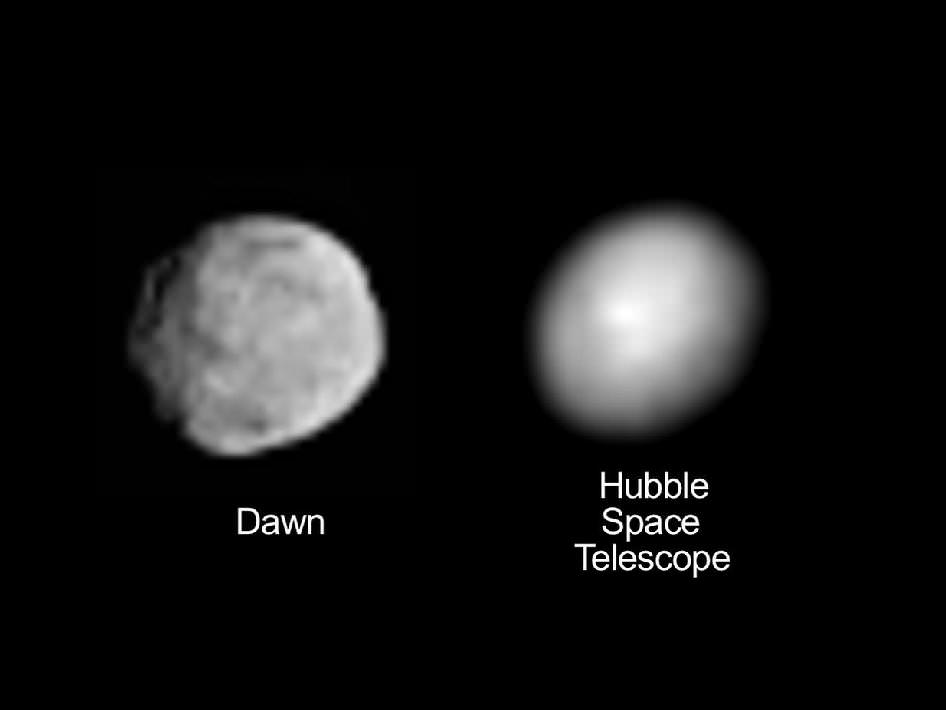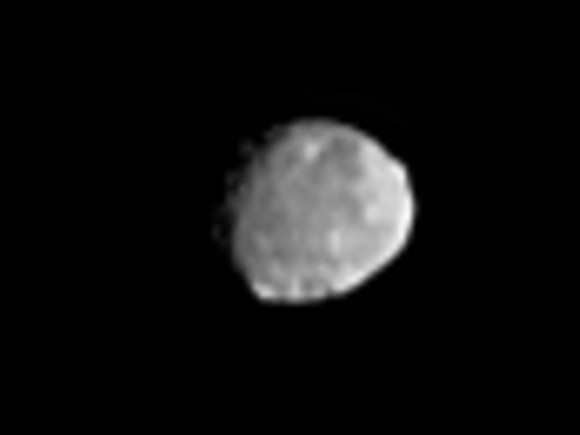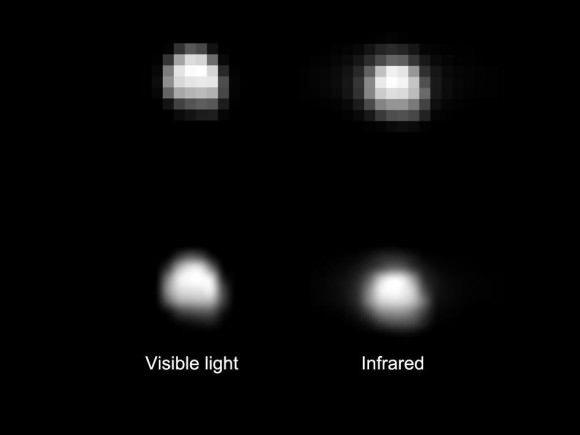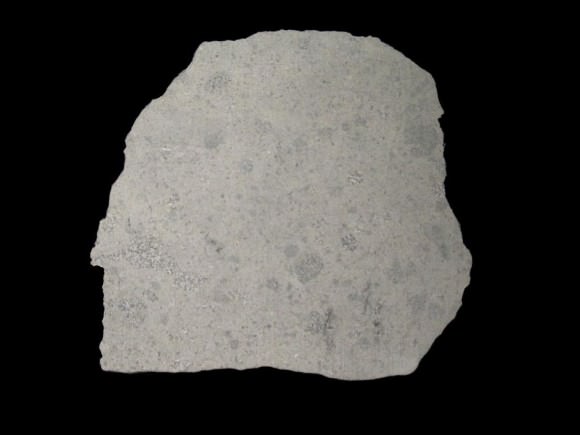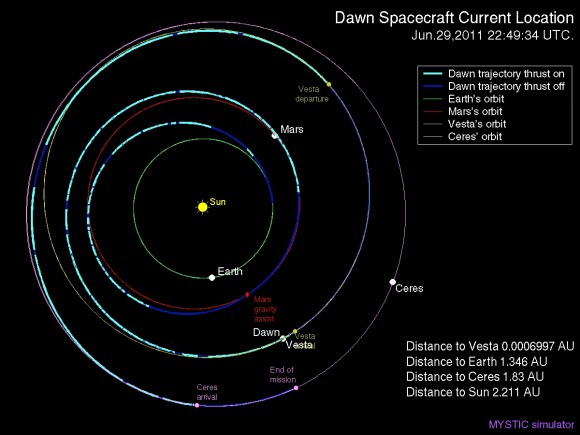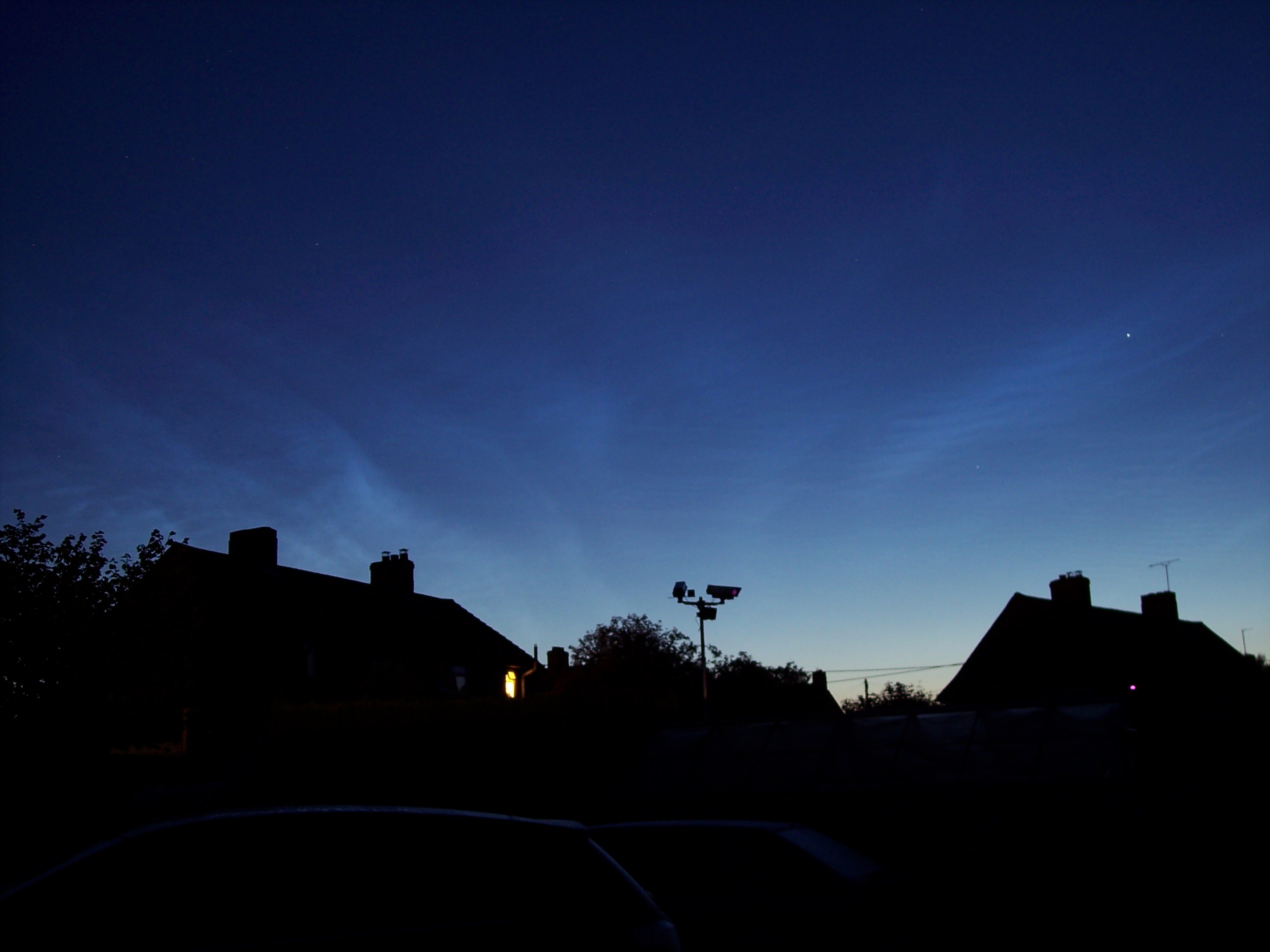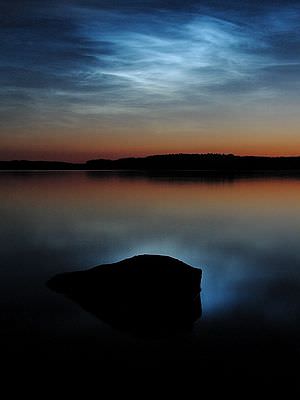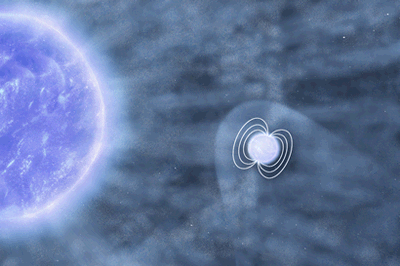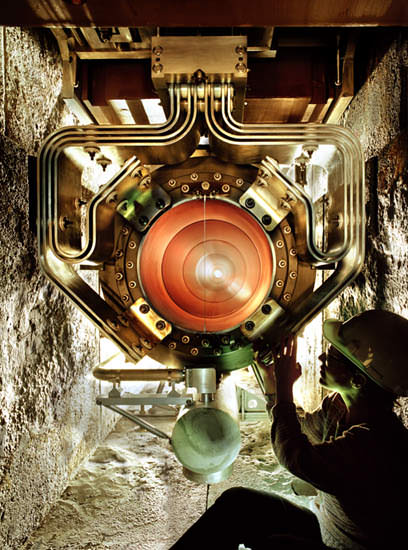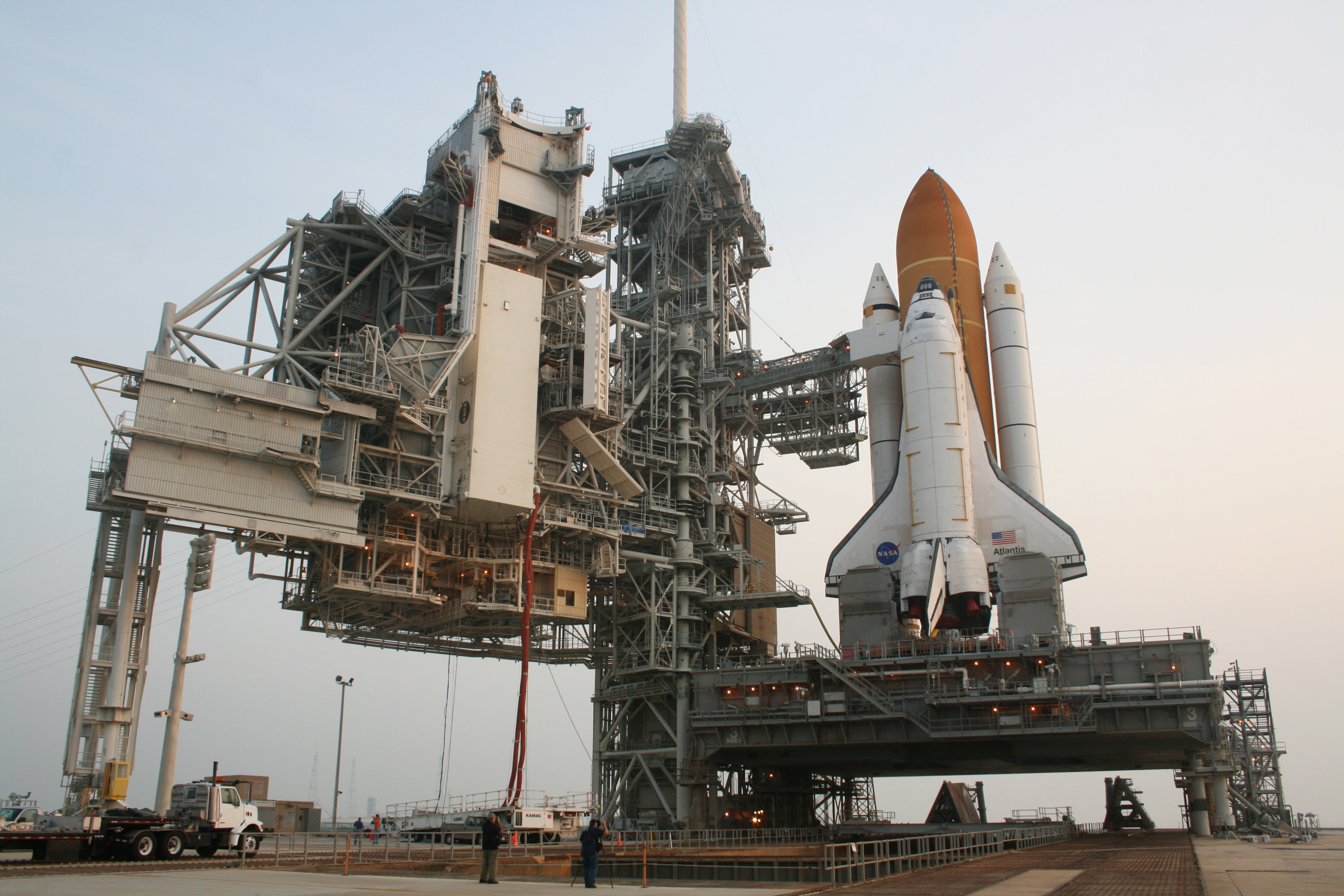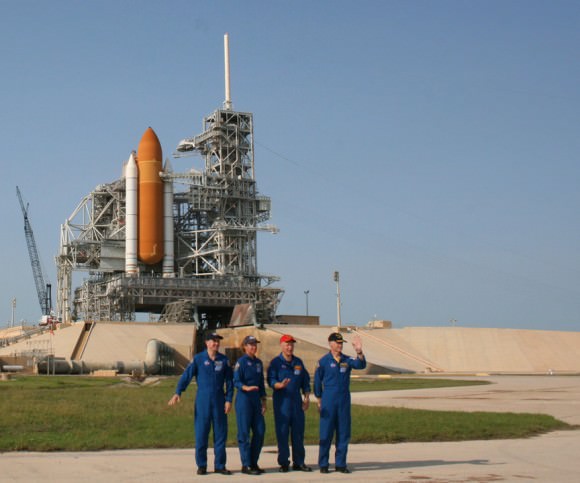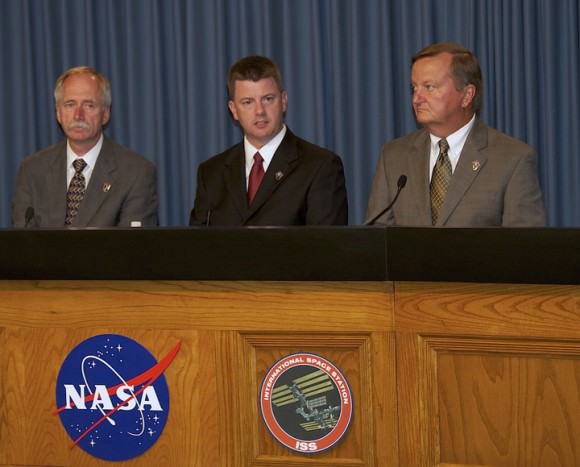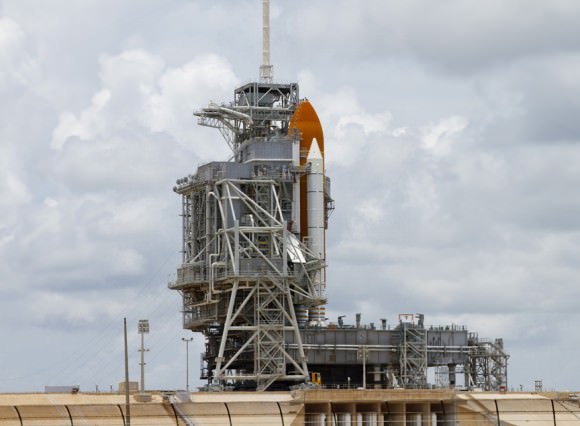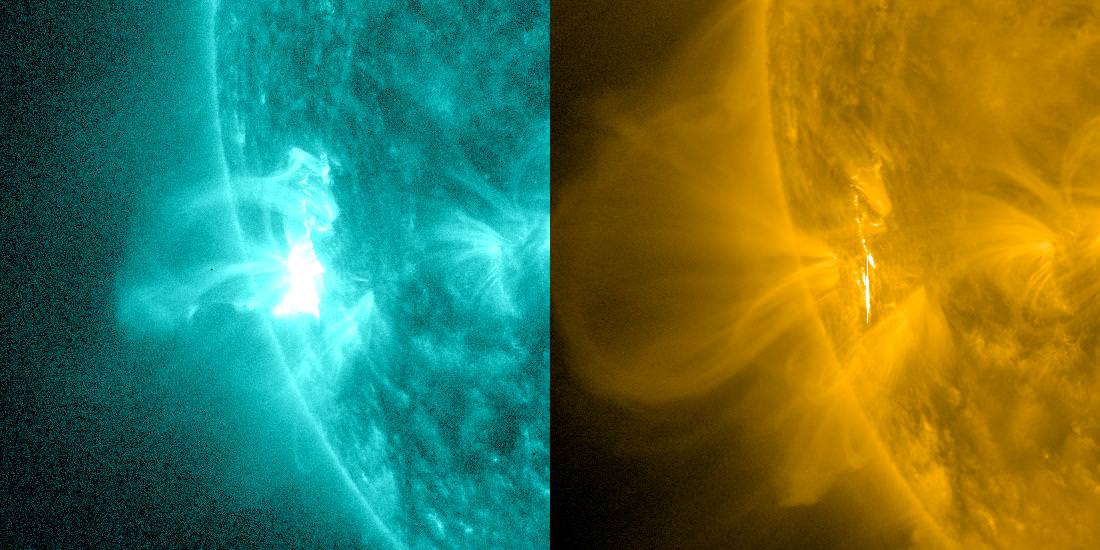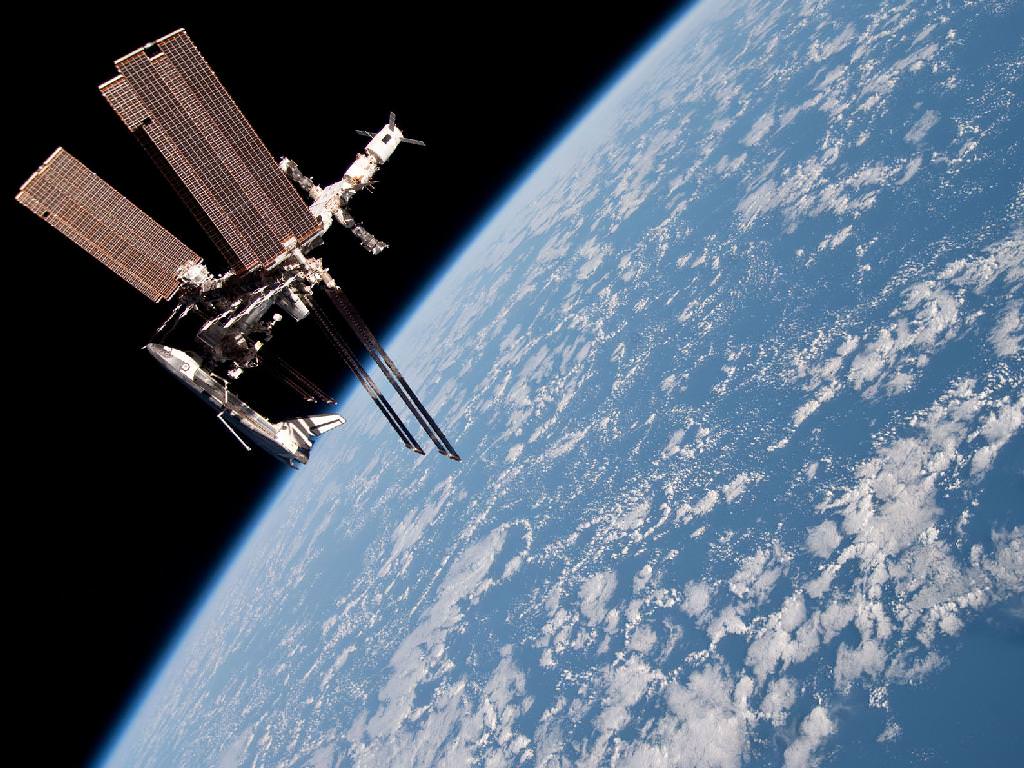[/caption]
Space Exploration Technologies — or SpaceX as they are more commonly known — has gotten pretty good at launching rockets. Now they want the rest of the world to follow along – one Tweet at a time. The social media site Twitter allows users to post brief comments (under 140 characters). SpaceX views this as a means to keep the public informed about the company’s activities including the upcoming launch of the firm’s Falcon 9 rocket.
SpaceX can be found under the name of @SpaceXer. The NewSpace firm will post regular updates about the company’s activities on Twitter. SpaceX has been working to increase its public and media relations efforts lately. The push for more viewers on Twitter is part of these efforts.
“There are a lot of amazing things that are taking place at a daily basis at SpaceX,” said SpaceX’s Vice President of Communications Bobby Block. “We want to invite the public, everyone really, to follow these events on our Twitter account.”
SpaceX currently plans to launch the next of its Falcon 9 rockets this September. It will be another mission to prove out the Falcon 9’s readiness to begin cargo flights to the space station. For this mission, a flyby of the International Space Station is planned to test out communications equipment. The Dragon spacecraft will then reenter Earth’s atmosphere and splash down in the Pacific Ocean.
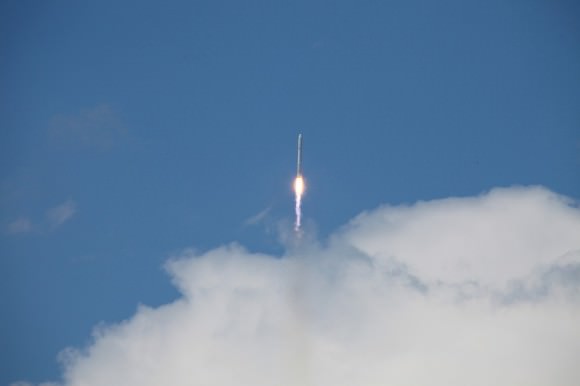
This will be the third time that SpaceX has launched a Falcon 9 from Space Launch Complex 40 at Cape Canaveral Air Force Station (CCAFS) in Florida. This past December SpaceX became the first private company to launch a spacecraft to orbit and retrieve it safely from the Pacific Ocean. It is accomplishments such as this that SpaceX wants to broadcast to the world.
“SpaceX has successfully demonstrated not only the viability of the Falcon 9 as a launch vehicle – but also the capabilities of the Dragon Spacecraft,” Block said. “This is just the beginning, now we want the world to come ride along with us.”
SpaceX was selected for not only the Commercial Orbital Transportation Services (COTS) contract with NASA – which has a $1.6 billion value but for NASA’s Commercial Crew Development 2 (CCDev-02) contract as well. Add to that the many business deals that SpaceX has made to send payloads into orbit – and SpaceX has a lot to tweet about.
SpaceX and founder Elon Musk have made it public knowledge regarding their plans to one day launch astronauts to the International Space Station, build a far larger version of its Falcon 9 dubbed the “Falcon Heavy” and to reach out to the planet Mars. SpaceX thinks with plans such as these in the works, space fans and novices alike will be very interested in following along.
Of course, SpaceX is not the only space organization that has recognized the value of social media like Twitter. NASA has embraced Twitter, with almost all of the missions and spacecrafts having Twitter accounts, and fans are finding Twitter to be a great way to find out the latest details from space. Additionally, NASA regularly hosts “Tweetups” when large events are scheduled to take place, such as the upcoming final launch of the space shuttle program.
